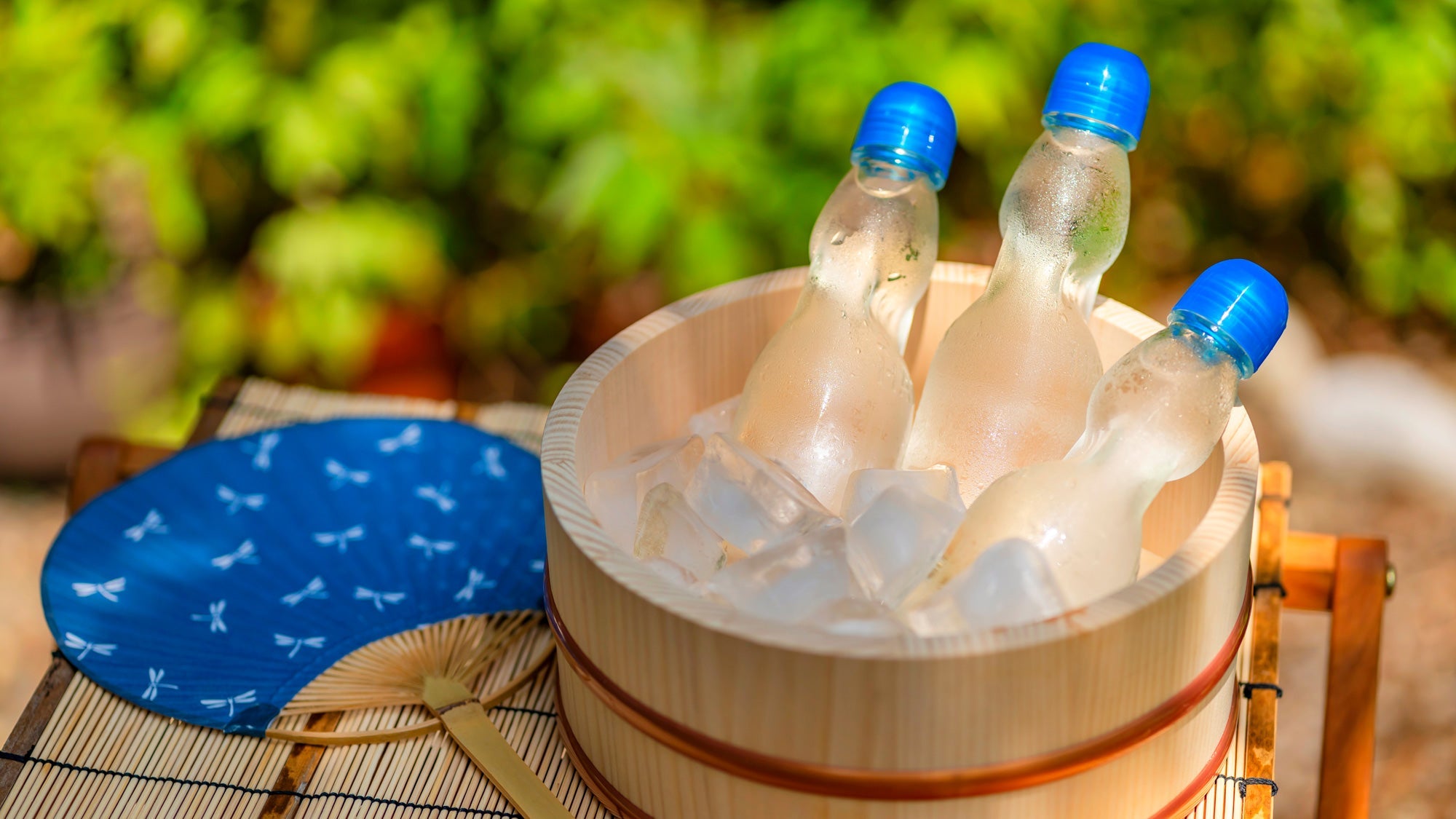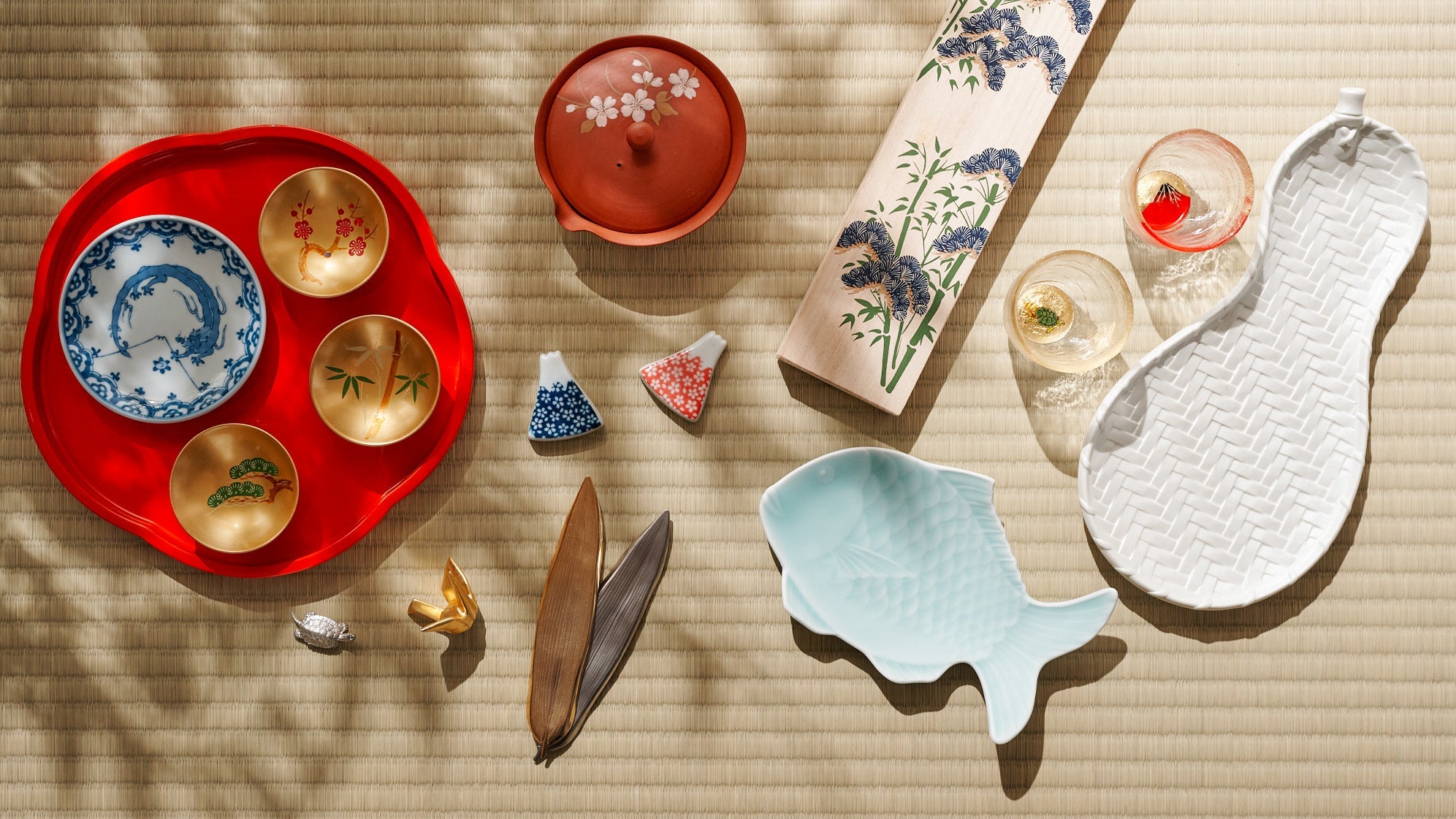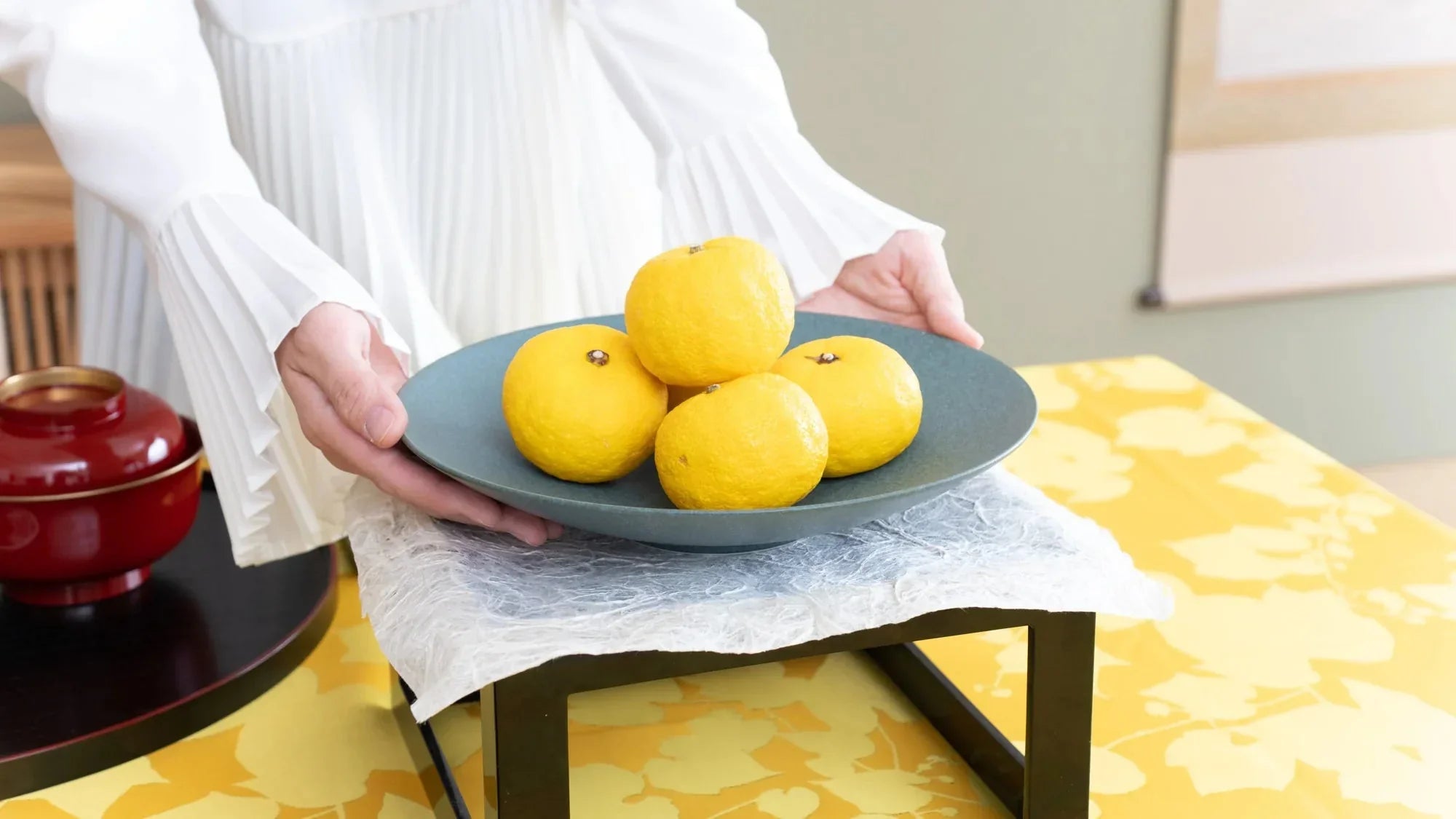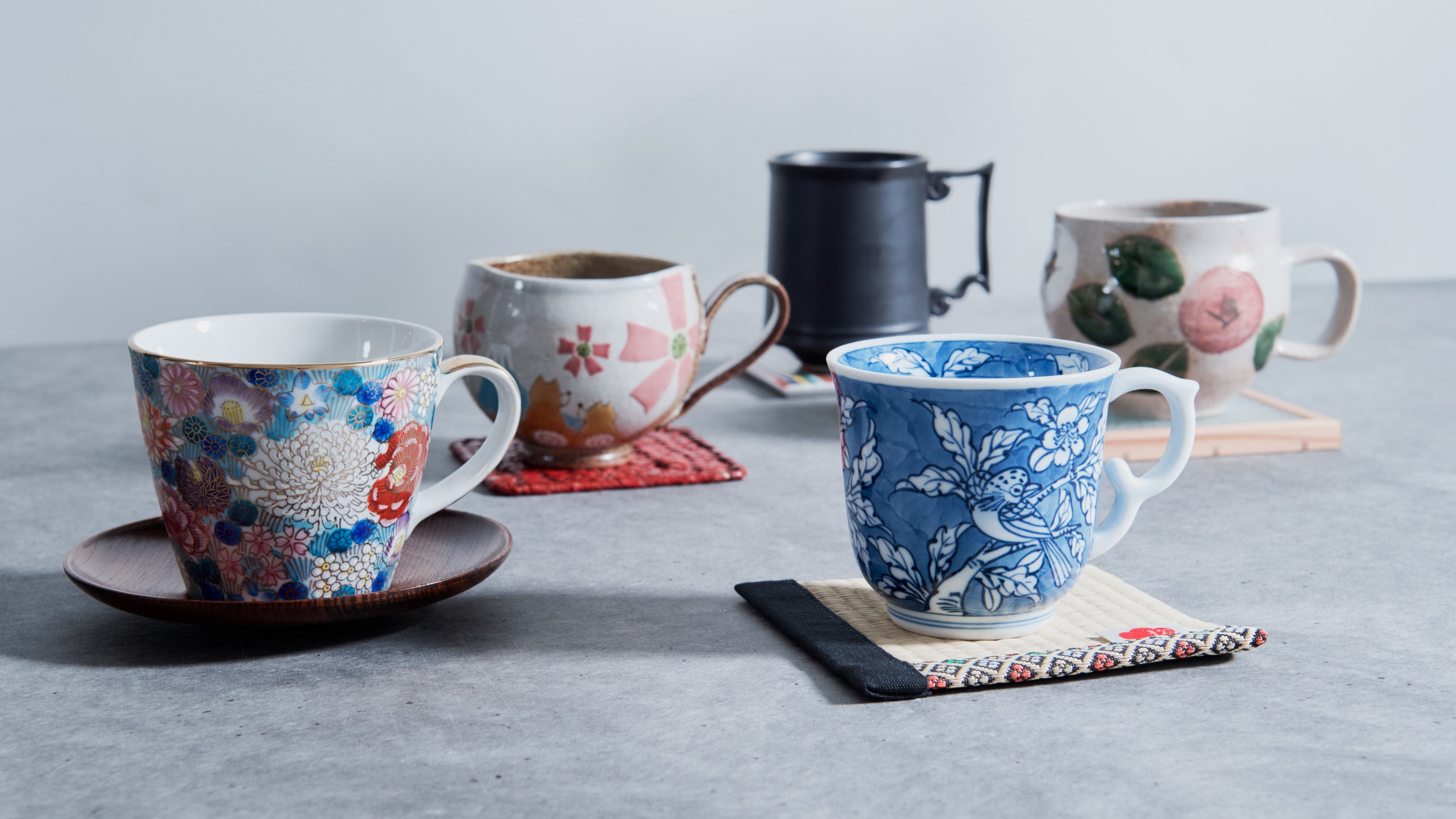
A Sparkling Journey Through Japanese Soda Ramune
Written by Hirata Paku Kayoko
The gentle clink of the glass, the pop of a marble being pushed down, and a burst of cold, fizzy sweetness followed by a cool summer rush.
Ramune isn't just a sugary beverage; it's a nostalgic time machine. For many in Japan, that iconic glass bottle evokes memories of neighborhood festivals, hot summer days, and the screeching sound of cicadas. It's a drink you don't simply pop open—you experience it. Ramune has become a beloved part of Japanese culture with its signature Codd-neck bottle and bright flavors. Let's look at how this carbonated classic came to be, how it works, and why it remains so endearing.

Table of contents
The Origins: From Britain to Japan
Ramune's journey begins not in Japan but in the United Kingdom. "Ramune" is a phonetic adaptation of "lemonade," a carbonated lemon drink introduced to Japan in the late 19th century. Scottish pharmacist and entrepreneur, Alexander Cameron Sim, is credited with introducing the drink to Kobe, where it gained a reputation as a preventative remedy for cholera when safe drinking water was scarce.
The bubbly beverage quickly gained popularity in port cities like Kobe and Yokohama, especially among foreigners and Japanese elites. During the Meiji era (1868–1912 CE), it grew in status and spread throughout the country. May 4th is "Ramune no Hi" or Ramune Day in Japan.
Although its popularity peaked in the 1950s, ramune never disappeared. Thanks to a renewed interest in retro Showa-era culture, it's enjoying a resurgence among younger generations who crave a taste of the past.
The Iconic Bottle and Marble

Ramune isn't just known for its flavor; it's the bottle that steals the show. Packaged in a Codd-neck bottle, named after its inventor, British engineer Hiram Codd, ramune is sealed with a glass marble and rubber ring that serves as a closure system to hold in the carbonation.
Opening a bottle of ramune is not just a task; it's an experience. Using the included plastic plunger to press down firmly on the marble sealed in the neck, you release a satisfying "whoosh" of carbonation as the marble drops to a chamber in the bottle. The marble clinks inside the bottle as you drink, adding a playful charm to the enjoyment. It's a unique ritual that makes every sip of ramune special.

However, drinking ramune can be tricky for first-timers. The marble tends to clog the neck of the bottle and obstruct the flow, so small indentations on the neck are designed to trap it while you sip. This quirky mechanism is part of the fun.
While the classic glass bottle is still beloved, it's slowly becoming a rarity due to manufacturing costs and convenience. Most ramune manufacturing companies shifted their production overseas, and some have replaced the bottles with cheaper and lighter PET bottles. However, true fans often seek out the original for the nostalgic experience.

Ramune vs. Other Fizzy Drinks
Japan has many carbonated beverages, but none evoke the same sentimental feelings as ramune. While domestic brands like Mitsuya Cider and Calpis Soda are available year-round and readily available at convenience stores and supermarket shelves, ramune is often tied to summer festivals and childhood memories.
Unlike Mitsuya Cider, which is sold in standard plastic bottles or cans, ramune's iconic presentation makes it more of an event than a mere refreshment. The glass marble bottle adds a tactile and visual dimension that elevates it beyond just another soda.
Ramune in Modern Japan
Despite being over a century old, ramune continues to evolve. Today, it can be found at convenience stores, supermarkets, dagashi (retro candy) shops, and most memorably, at summer festivals, where it's enjoyed alongside yakisoba, goldfish scooping, and fireworks.

Ramune is not just about the classic lemon-lime flavor. It's a world of exciting and unexpected tastes. From melon to strawberry, yuzu to wasabi, curry to takoyaki sauce, the range of flavors is as diverse as Japan. Regional editions often incorporate local ingredients or specialties, like Hiroshima's momiji manju -flavored ramune, turning the drink into a memorable souvenir. The variety of ramune flavors is a journey of discovery waiting to be explored.
Whether you're sipping it on a beach, in a yukata at a festival, or sharing it with friends on a warm afternoon, ramune delivers more than refreshment. It offers a sensory escape—a sparkling sip of nostalgia.

Ramune is not just a drink; it's a cherished part of Japanese summer. With its British roots, medicinal beginnings, and uniquely designed bottle, it has cemented its place in Japan's culinary and cultural landscape. As flavors expand and interest in retro traditions grows, ramune remains a timeless favorite, bridging generations. So next time you pop that marble and take a sip, know that you're not just enjoying soda—you're participating in a tradition over a century in the making. It's a cultural journey in a bottle.







Leave a comment
This site is protected by hCaptcha and the hCaptcha Privacy Policy and Terms of Service apply.